Some Algebraic Polynomials and Topological Indices of Generalized Prism and Toroidal Polyhex Networks
Abstract
:1. Introduction
2. Results and Discussions
2.1. Computational Aspects of Generalized Prism
- by definition, the first Zagreb polynomial is;Following Figure 4 is the graph of first Zagreb polynomial
- Now, by definition, the second Zagreb polynomial is;The graph of the second Zagreb polynomial of generalized prism is in Figure 5.
- By definition, the forgotten polynomial is:The graph of the forgotten polynomial of is given in Figure 6 below,
- By definition of the hyper-Zagreb index,The Figure 7 is 3D plot of the Hyper Zagreb index of generalized prism.
- By the definition of the first multiple Zagreb index,3D plot of the multiple-Zagreb index of generalized prism is shown in Figure 8.
- By the definition of the second multiple Zagreb index,3D plot for the second multiple-Zagreb index of generalized prism is given in Figure 9.
- By the definition of the forgotten index,3D plot for the second multiple-Zagreb index of generalized prism is given in Figure 10.
2.2. Computational Aspects of Toroidal Polyhex
- and
3. Conclusions and Discussion
Acknowledgments
Author Contributions
Conflicts of Interest
References
- Rucker, G.; Rucker, C. On topological indices, boiling points, and cycloalkanes. J. Chem. Inf. Comput. Sci. 1999, 39, 788–802. [Google Scholar] [CrossRef]
- Klavžar, S.; Gutman, I. A Comparison of the Schultz molecular topological index with the Wiener index. J. Chem. Inf. Comput. Sci. 1996, 36, 1001–1003. [Google Scholar] [CrossRef]
- Brückler, F.M.; Došli´c, T.; Graovac, A.; Gutman, I. On a class of distance-based molecular structure descriptors. Chem. Phys. Lett. 2011, 503, 336–338. [Google Scholar] [CrossRef]
- Deng, H.; Yang, J.; Xia, F. A general modeling of some vertex-degree based topological indices in benzenoid systems and phenylenes. Comp. Math. Appl. 2011, 61, 3017–3023. [Google Scholar] [CrossRef]
- Zhang, H.; Zhang, F. The Clar covering polynomial of hexagonal systems. Discret. Appl. Math. 1996, 69, 147–167. [Google Scholar] [CrossRef]
- West, D.B. An Introduction to Graph Theory; Prentice-Hall: Englewood Cliffs, NJ, USA, 1996. [Google Scholar]
- Shirdel, G.H.; Pour, H.R.; Sayadi, A.M. The hyper-Zagreb index of graph operations. Iran J. Math. Chem. 2013, 4, 213–220. [Google Scholar]
- Ghorbani, M.; Azimi, N. Note on multiple Zagreb indices. Iran. J. Math. Chem. 2012, 3, 137–143. [Google Scholar]
- Furtula, B.; Gutman, I. A forgotten topological index. J. Math. Chem. 2015, 53, 1184–1190. [Google Scholar] [CrossRef]
- Diudea, M.V.; Vizitiu, A.E.; Mirzagar, M.; Ashrafi, A.R. Sadhana polynomial in nano-dendrimers. Carpath. J. Math. 2010, 26, 59–66. [Google Scholar]
- Ashrafi, A.R.; Mirzargar, M. PI, Szeged and edge Szeged of an infinite family of nanostar dendrimers. Indian J. Chem. 2008, 47, 538–541. [Google Scholar]
- Chen, Z.; Dehmer, M.; Emmert-Streib, F.; Shi, Y. Entropy bounds for dendrimers. Appl. Math. Comput. 2014, 242, 462–472. [Google Scholar] [CrossRef]
- Munir, M.; Nazeer, W.; Rafique, S.; Kang, S.M. M-polynomial and related topological indices of Nanostar dendrimers. Symmetry 2016, 8, 97. [Google Scholar] [CrossRef]
- Munir, M.; Nazeer, W.; Rafique, S.; Nizami, A.R.; Kang, S.M. M-polynomial and degree-based topological indices of titania nanotubes. Symmetry 2016, 8, 117. [Google Scholar] [CrossRef]
- Munir, M.; Nazeer, W.; Shahzadi, Z.; Kang, S.M. Some invariants of circulant graphs. Symmetry 2016, 8, 134. [Google Scholar] [CrossRef]
- Munir, M.; Nazeer, W.; Rafique, S.; Kang, S.M. M-Polynomial and Degree-Based Topological Indices of Polyhex Nanotubes. Symmetry 2016, 8, 149. [Google Scholar] [CrossRef]
- Ajmal, M.; Nazeer, W.; Munir, M.; Kwun, Y.C.; Kang, S.M. M-polynomials and topological indices of generalized prism and toroidal polyhex networks. Symmetry 2016. Under review. [Google Scholar]
- Kuo, D.; Yan, J.H. On L(2,1)-Labelling of Cartesian Products of Paths and Cycles. Discret. Math. 2004, 283, 137–144. [Google Scholar] [CrossRef]
- Chiang, S.H.; Yan, J.H. On L(d,1)-Labeling of Cartesian Product of a Path. Discret. Appl. Math. 2008, 156, 2867–2881. [Google Scholar] [CrossRef]
- Siddiqui, M.K.; Naeem, M.; Rahman, N.A.; Imran, M. Computing topological indices of certain networks. J. Optoelectron. Adv. Mater. 2016, 18, 884–892. [Google Scholar]
- Deming, L.; Mingju, L. Incidence Colorings of Cartesian Products of Graphs over Path and Cycles. Adv. Math. 2011, 40, 697–708. [Google Scholar]
- Gravier, S.; Mollard, M. On domination numbers of Cartesian product of paths. Discret. Appl. Math. 1997, 80, 247–250. [Google Scholar] [CrossRef]
- Lai, Y.L.; Tian, C.S.; Ko, T.C. Edge addition number of Cartesian product of paths and cycles. Electron. Notes Discret. Math. 2005, 22, 439–444. [Google Scholar] [CrossRef]
- Chang, C.W.; Chia, M.L.; Hsu, C.J.; Kuo, D.; Lai, L.L.; Wang, F.H. Global defensive alliances of trees and Cartesian product of paths and cycles. Discret. Appl. Math. 2012, 160, 479–487. [Google Scholar] [CrossRef]
- Deza, M.; Fowler, P.W.; Rassat, A.; Rogers, K.M. Fullerenes as tilings of surfaces. J. Chem. Inf. Comput. Sci. 2000, 40, 550–558. [Google Scholar] [CrossRef] [PubMed]
- Kirby, E.C.; Pollak, P. How to Enumerate the Connectional Isomers of a Toroidal Polyhex Fullerene. J. Chem. Inf. Comput. Sci. 1998, 38, 1256. [Google Scholar] [CrossRef]
- Beuerle, F.; Herrmann, C.; Whalley, A.C.; Valente, C.; Gamburd, A.; Ratner, M.A.; Stoddart, J.F. Optical and vibrational properties of toroidal carbon nanotubes. Chem. Eur. J. 2011, 17, 3868–3875. [Google Scholar] [CrossRef] [PubMed]
- Ye, D.; Qi, Z.; Zhang, H. On k-resonant fullerene graphs. SIAM J. Discret. Math. 2009, 23, 1023–1044. [Google Scholar] [CrossRef]
- Kang, M.H. Toroidal fullerenes with the Cayley graph structures. Discret. Math. 2011, 311, 2384–2395. [Google Scholar] [CrossRef]
- Baca, M.; Horvathova, J.; Mokrisova, M.; Suhanyiova, A. On topological indices of fullerenes. Appl. Math. Comput. 2015, 251, 154–161. [Google Scholar]
- Mehranian, Z.; Ashrafi, A.R. Topological Indices of 3-Generalized Fullerenes, Distance, Symmetry, and Topology in Carbon Nanomaterials; Springer International Publishing: Cham, Switzerland, 2016; pp. 281–301. [Google Scholar]
- Ernesto, E.; Matamala, A.R. GTI-space: The space of generalized topological indices. J. Math. Chem. 2008, 43, 508–517. [Google Scholar]
- Qiang, Z.; Zhang, L.; Stein, G.E.; Cavicchi, K.A.; Vogt, B.D. Unidirectional Alignment of Block Copolymer Films Induced by Expansion of a Permeable Elastomer during Solvent Vapor Annealing. Macromolecules 2014, 47, 1109–1116. [Google Scholar] [CrossRef]
- Zhang, L.; Kucera, L.R.; Ummadisetty, S. Supramolecular Multiblock Polystyrene–Polyisobutylene Copolymers via Ionic Interactions. Macromolecules 2014, 47, 4387–4396. [Google Scholar]
- Chakrabarty, A.; Zhang, L.; Cavicchi, K.A.; Weiss, R.A.; Singha, N.K. Tailor-Made Fluorinated Copolymer/Clay Nanocomposite by Cationic RAFT Assisted Pickering Miniemulsion Polymerization. Langmuir 2015, 31, 12472–12480. [Google Scholar] [CrossRef] [PubMed]

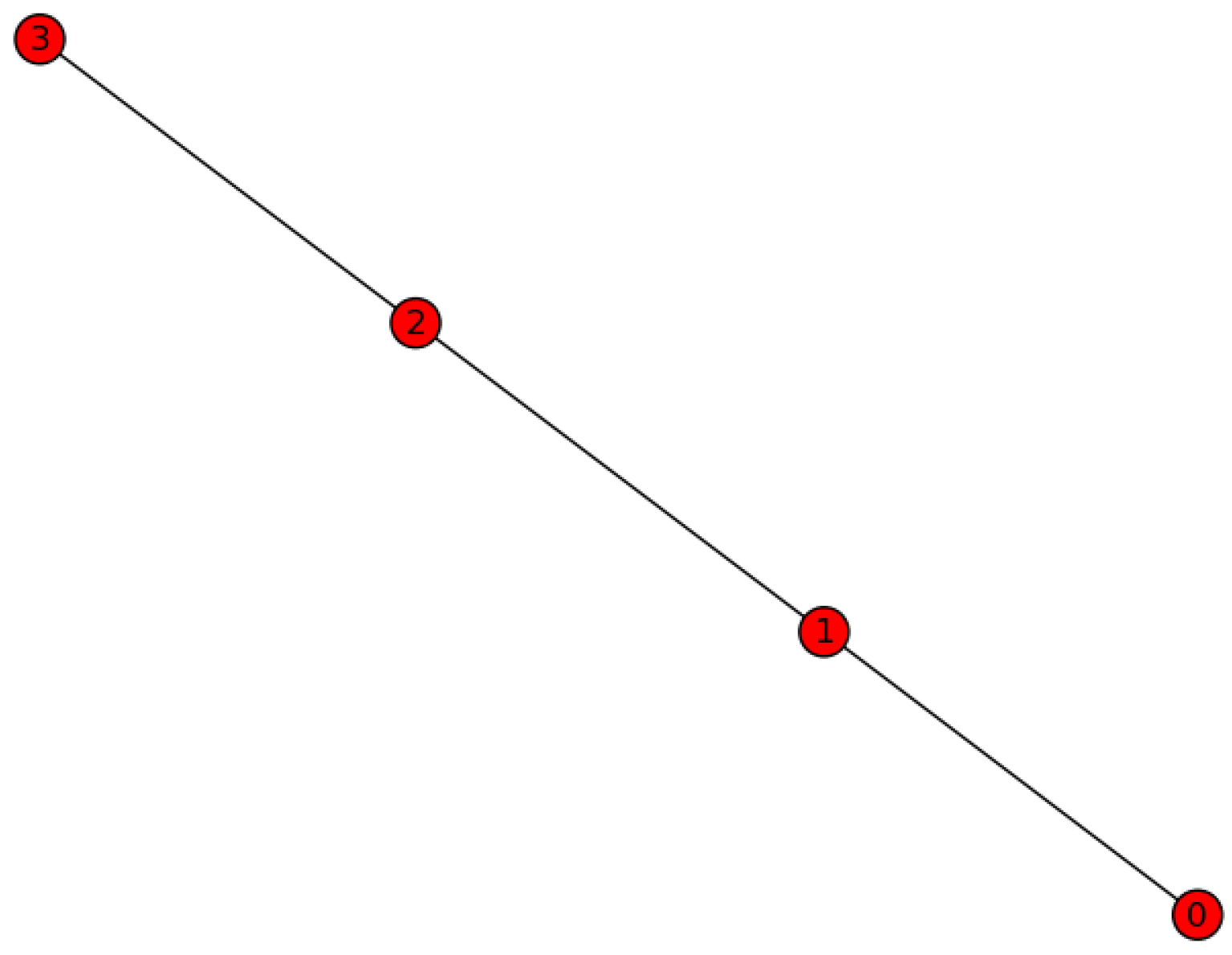

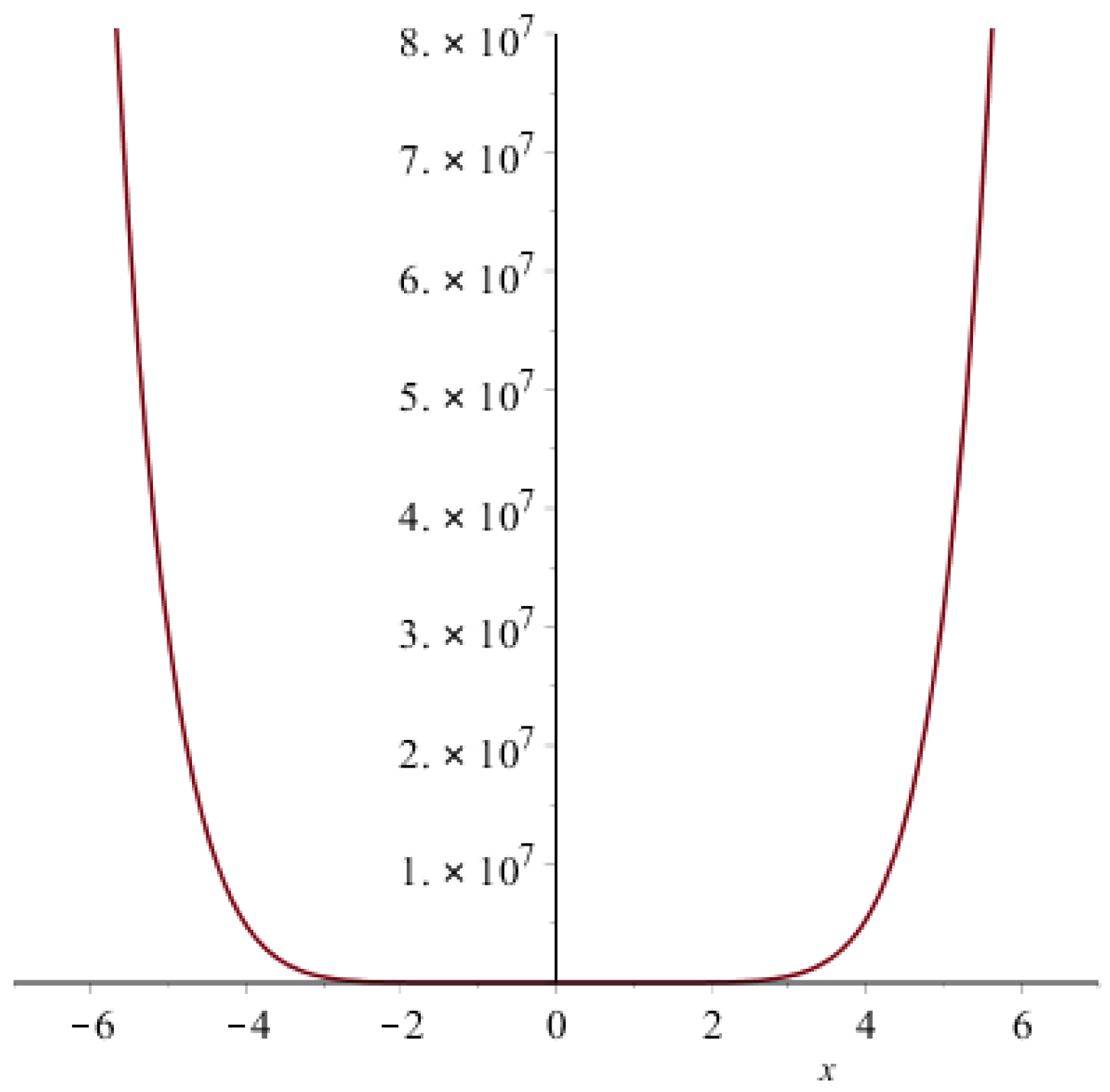
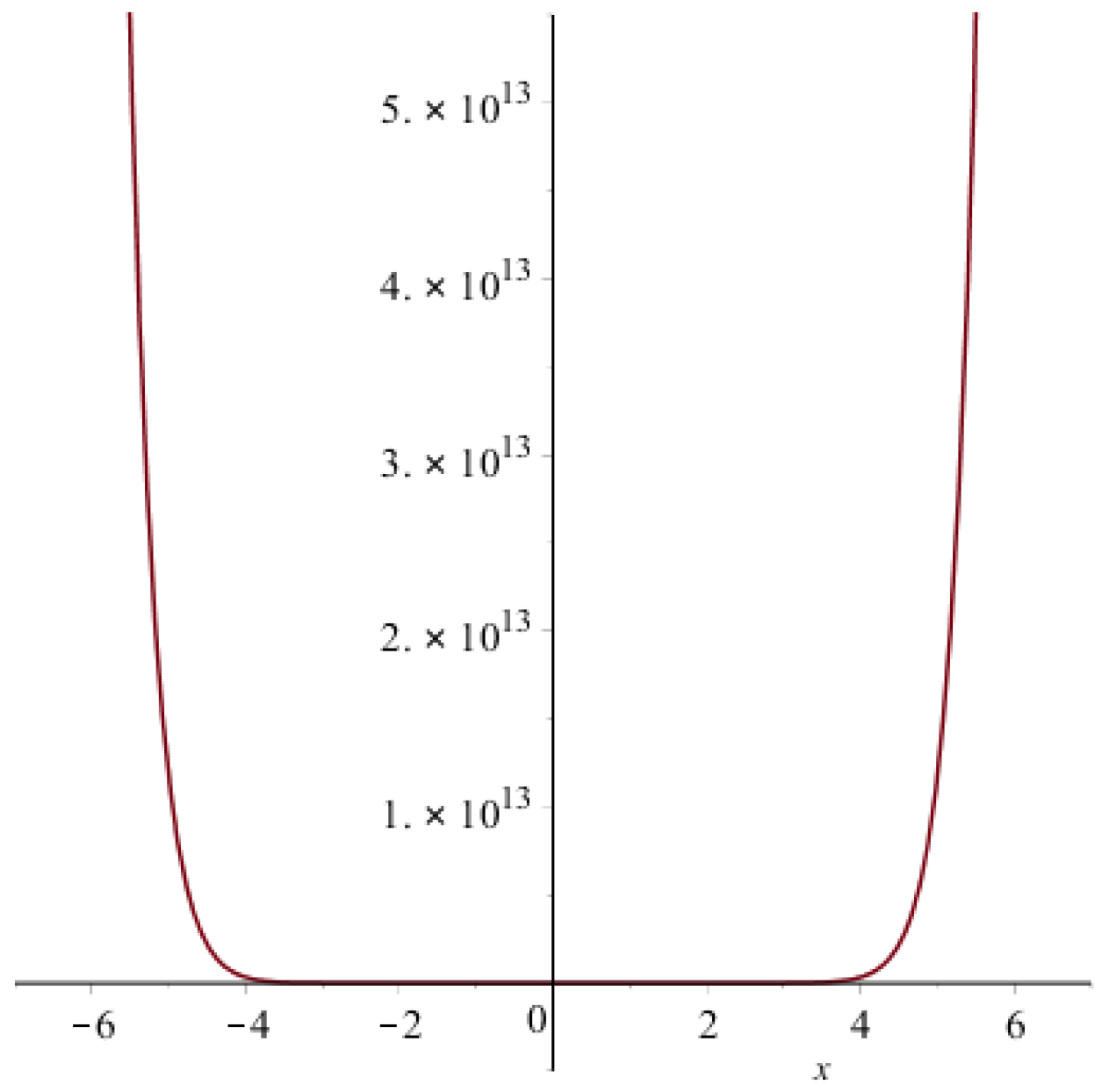
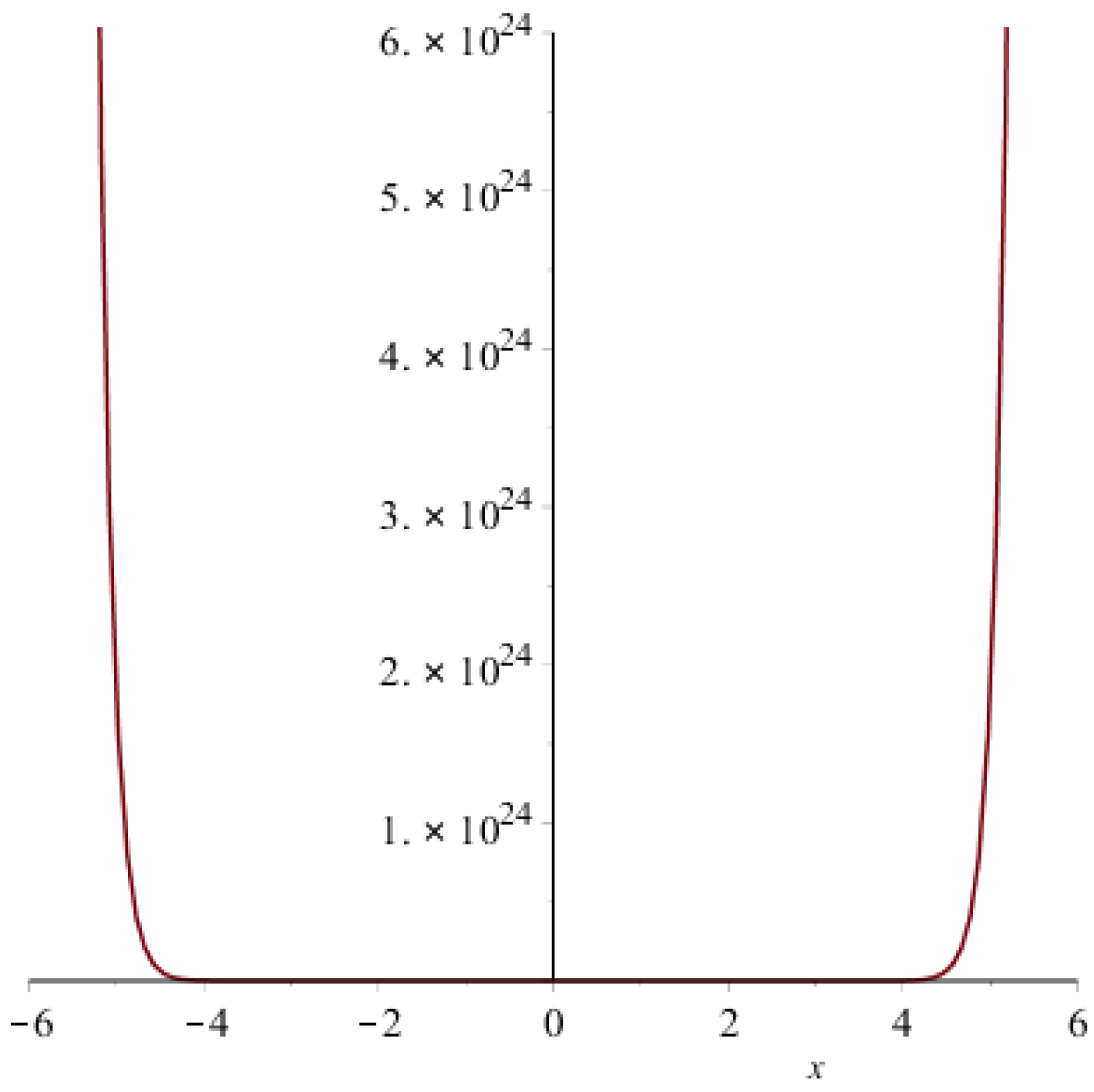

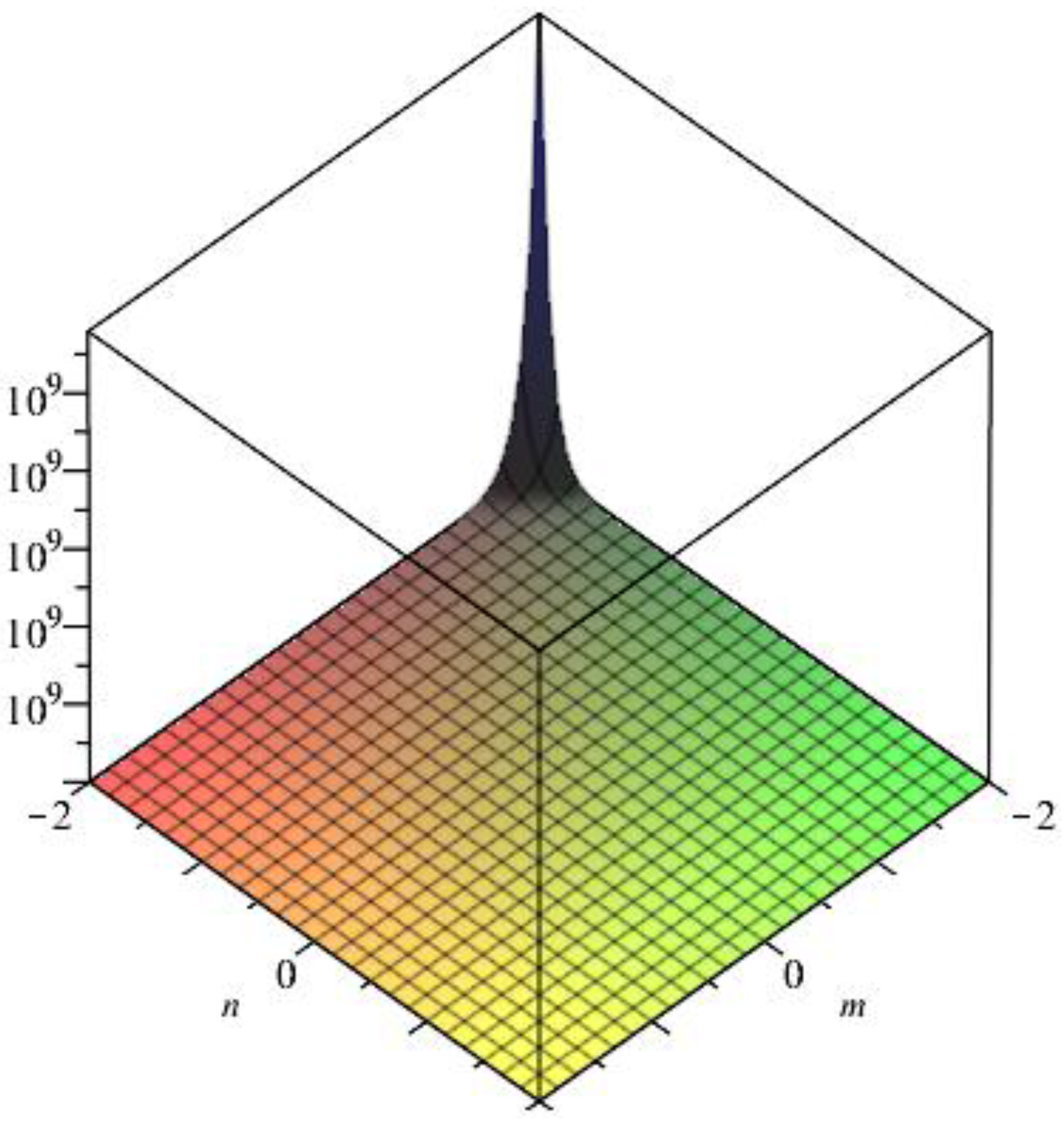
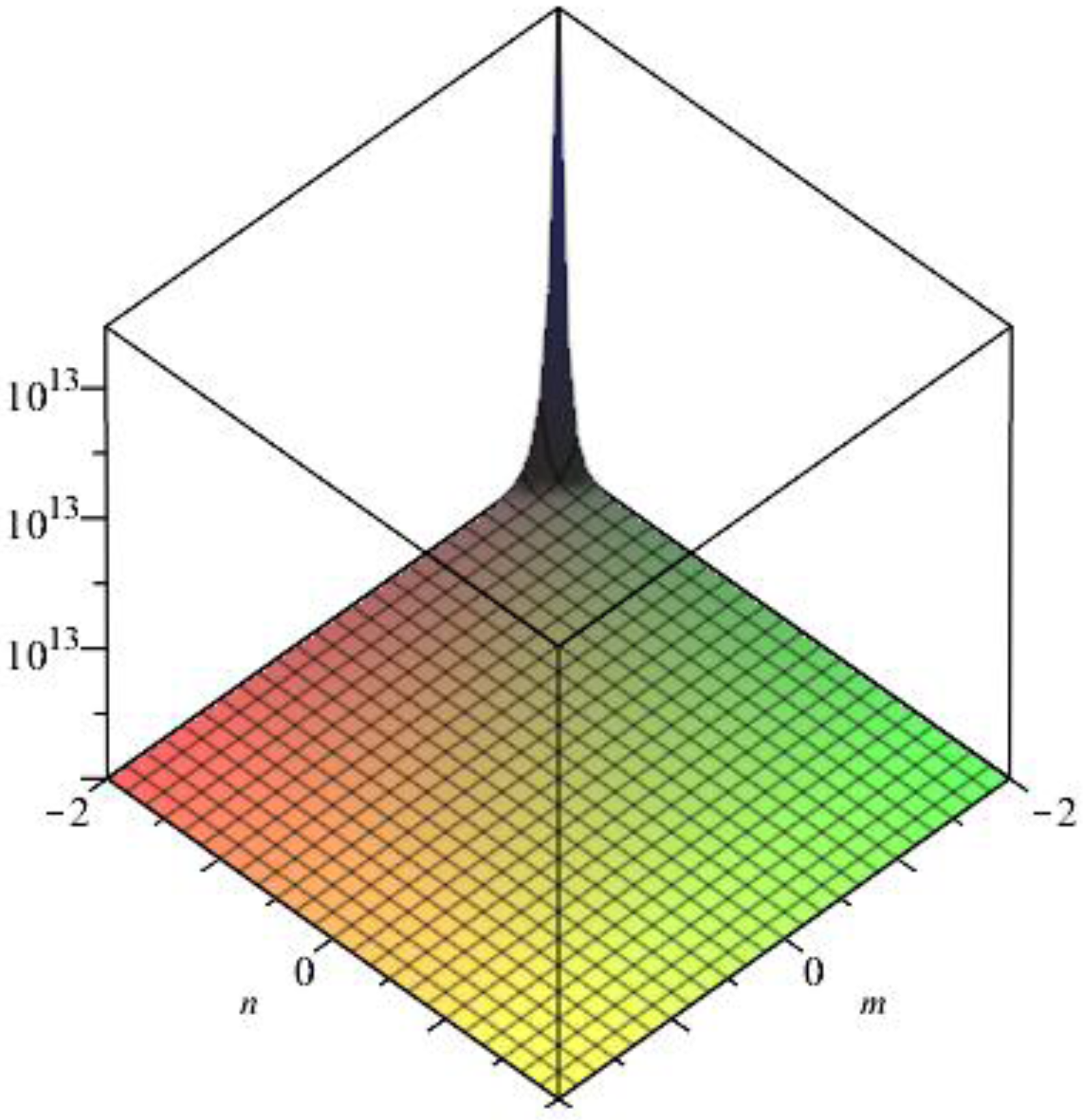


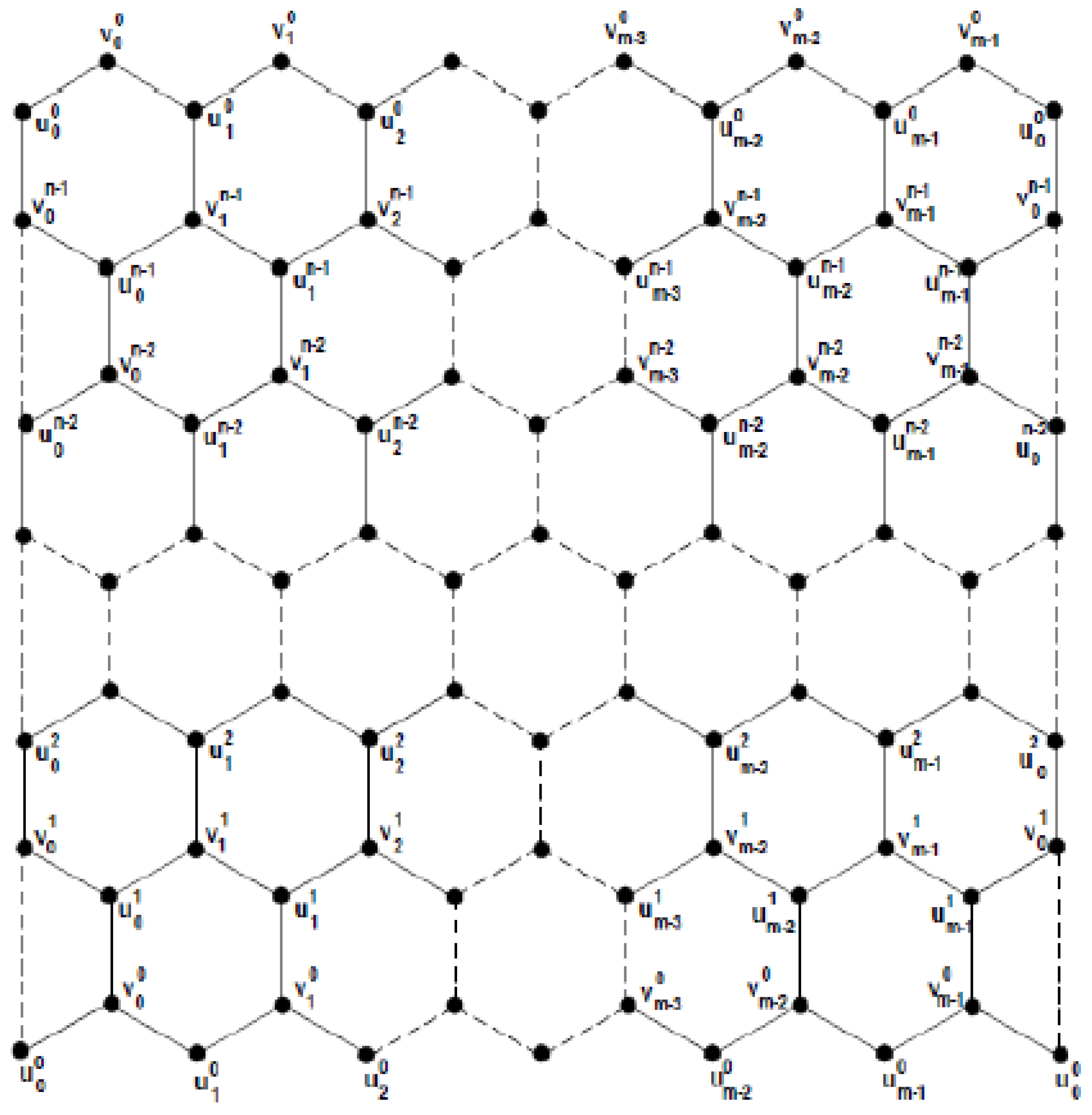
© 2016 by the authors; licensee MDPI, Basel, Switzerland. This article is an open access article distributed under the terms and conditions of the Creative Commons Attribution (CC-BY) license (http://creativecommons.org/licenses/by/4.0/).
Share and Cite
Ajmal, M.; Nazeer, W.; Munir, M.; Kang, S.M.; Kwun, Y.C. Some Algebraic Polynomials and Topological Indices of Generalized Prism and Toroidal Polyhex Networks. Symmetry 2017, 9, 5. https://doi.org/10.3390/sym9010005
Ajmal M, Nazeer W, Munir M, Kang SM, Kwun YC. Some Algebraic Polynomials and Topological Indices of Generalized Prism and Toroidal Polyhex Networks. Symmetry. 2017; 9(1):5. https://doi.org/10.3390/sym9010005
Chicago/Turabian StyleAjmal, Muhammad, Waqas Nazeer, Mobeen Munir, Shin Min Kang, and Young Chel Kwun. 2017. "Some Algebraic Polynomials and Topological Indices of Generalized Prism and Toroidal Polyhex Networks" Symmetry 9, no. 1: 5. https://doi.org/10.3390/sym9010005





